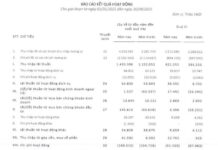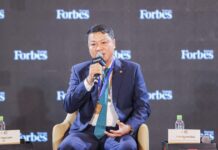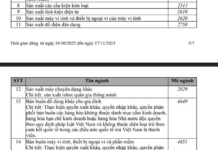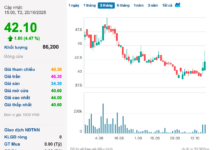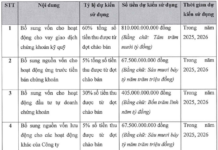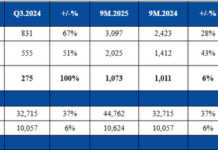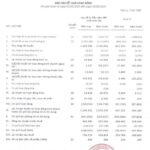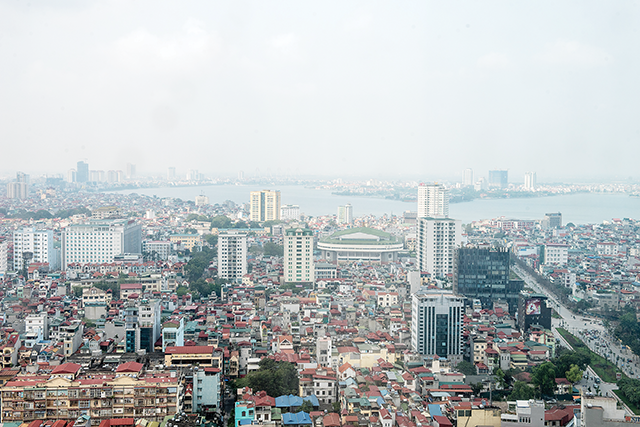Phnom Penh Special Economic Zone (PPSEZ): A Strategic Hub for Global Businesses
- Located just 200km from the Vietnam border, PPSEZ offers convenient connectivity to Bangkok, Thailand.
- The zone attracts a diverse range of global companies, including those from China, Japan, and more.
Established in 2006, the Phnom Penh Special Economic Zone spans 3.57 square kilometers. It is one of the leading industrial zones in Cambodia, second only to a 10-square-kilometer zone operated by a Chinese company in Sihanoukville.
Strategically located in the capital city of Phnom Penh, PPSEZ is just under 200km from the Moc Bai border crossing with Vietnam and over 500km from Bangkok, Thailand. This geographic advantage positions it as an ideal supplement to Thailand’s supply chain.
“Geographically, it’s very easy to supplement Thailand’s supply chain,” said CEO Hiroshi Uematsu to Nikkei Asia. “We’ve been trying to attract Thai companies to PPSEZ with the pitch of ‘Thailand Plus One’ as these companies look to open new production bases in neighboring countries due to rising costs.”
According to Nikkei Asia, Royal Group PPSEZ became the largest shareholder in November 2021. The zone’s export value has since seen a significant increase, doubling from $316 million in 2016 to $683 million in 2021. This upward trajectory continued, with exports nearly doubling again to $1.346 billion in 2022 and reaching $1.621 billion last year.
PPSEZ has become a key driver of Cambodia’s economy, housing a diverse range of global businesses.
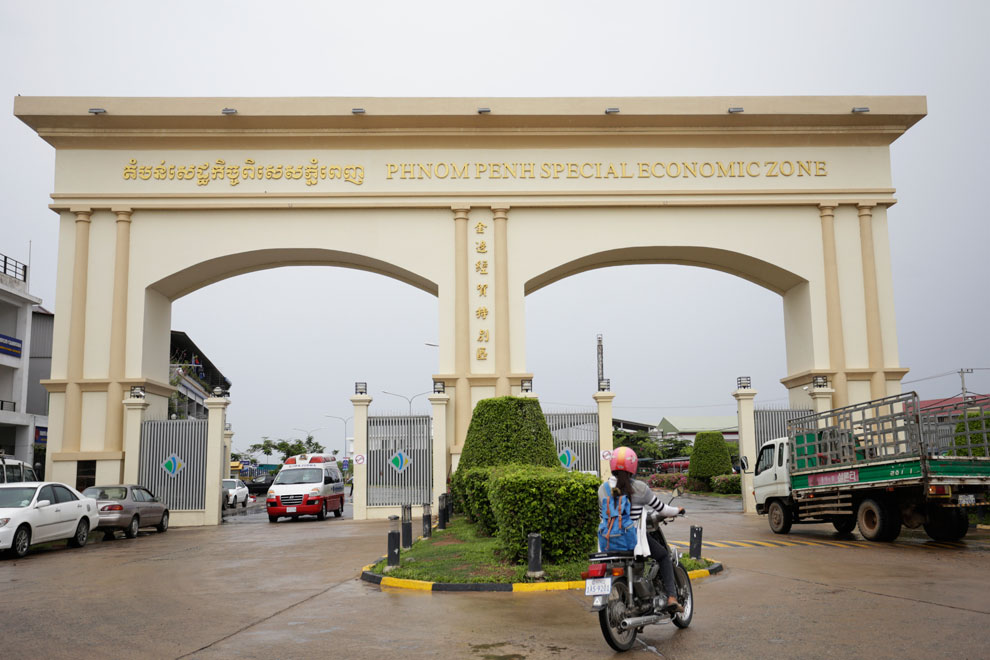
Phnom Penh Special Economic Zone: A Strategic Location in the Heart of Phnom Penh
Japanese electronics components manufacturer MinebeaMitsumi has been the largest tenant for an extended period, producing spindle motors and other electronic components.
However, as bilateral relations between Phnom Penh and Beijing warmed, Chinese garment manufacturer Marvel Garment surpassed MinebeaMitsumi. Marvel Garment commenced operations in 2020 and is now the zone’s largest occupant in terms of land usage, employee count, and export value. They produce garments for brands like Nike and Polo, with a significant portion of their products exported to the US.
Angkor Milk Products (AMP), a Vietnamese-owned company, is also present in PPSEZ. AMP is a joint venture between Vinamilk and BPC Trading, established in 2013. They began operating in PPSEZ in 2015, and by 2017, Vinamilk invested an additional $10 million to acquire full ownership of Angkor Milk Products.
Foreign Investment in Cambodia Surges
Several other companies from Taiwan, South Korea, and Japan have also established a presence in Phnom Penh. The zone’s website features the logos of renowned global companies as tenants, including Rohto, TOA, Toyota, and Ajinomoto.
Logistics and customs services for cargo traveling from Cat Lai, Vietnam, to Phnom Penh have flourished as a result.
Uematsu highlights that Cambodia’s appeal as an investment destination will only grow as companies restructure their supply chains to adapt to geopolitical shifts.
“If Donald Trump wins the US presidential election in November, the US-China trade confrontation may escalate,” Uematsu said. “Cambodia will attract even more attention as a production relocation destination.” He emphasized the country’s political stability as a key advantage in attracting foreign investment.
Earlier in July, Khmer Times reported that the Council for the Development of Cambodia (CDC) had approved $3.2 billion in foreign investment for 190 projects in the first half of 2024, nearly double the $1.1 billion recorded in the same period last year.
The approved projects include new factories for electronics manufacturing, electric bicycle and motorcycle assembly, steel production, garment manufacturing, and more. The CDC estimates that these new investments will generate approximately 168,572 new jobs.
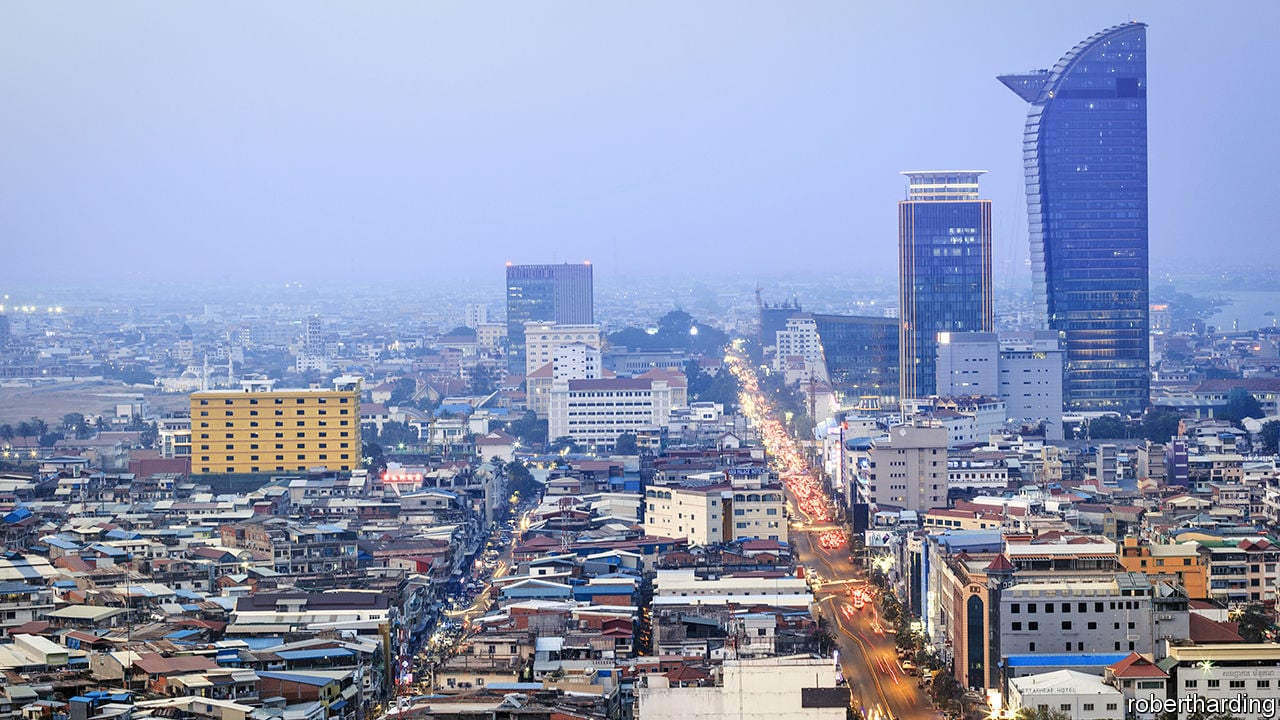
Cambodia Attracts a Diverse Range of International Projects in the First Half of 2024
China was the top foreign investor in Cambodia during this period, accounting for 42.64% of total investment. This was followed by investments from Singapore, Vietnam, India, South Korea, Malaysia, Australia, Canada, and Japan.







